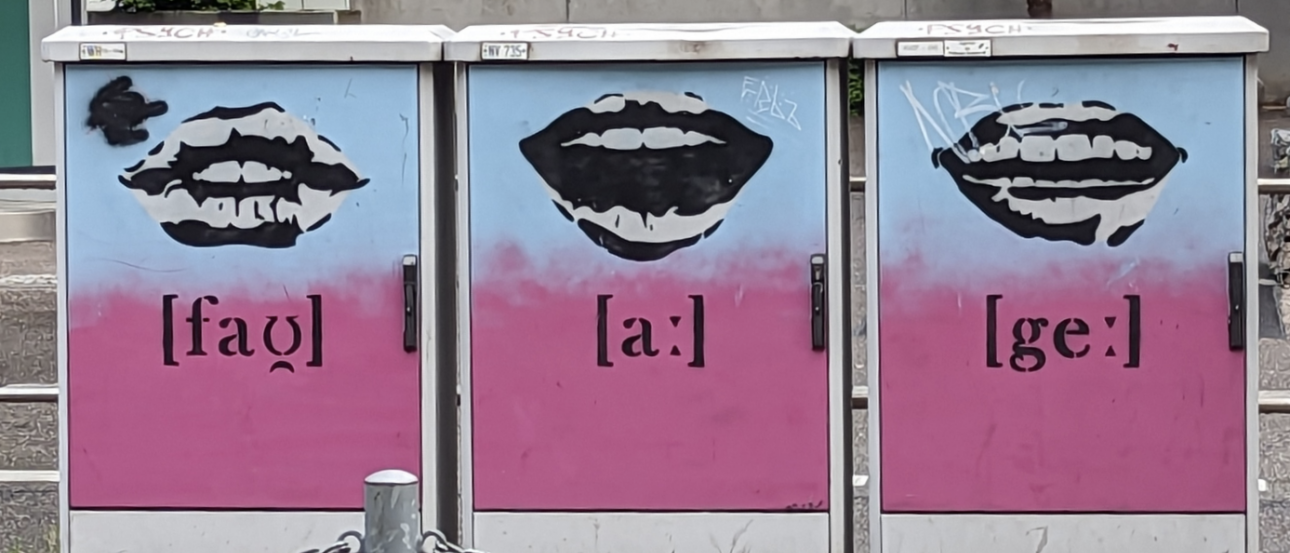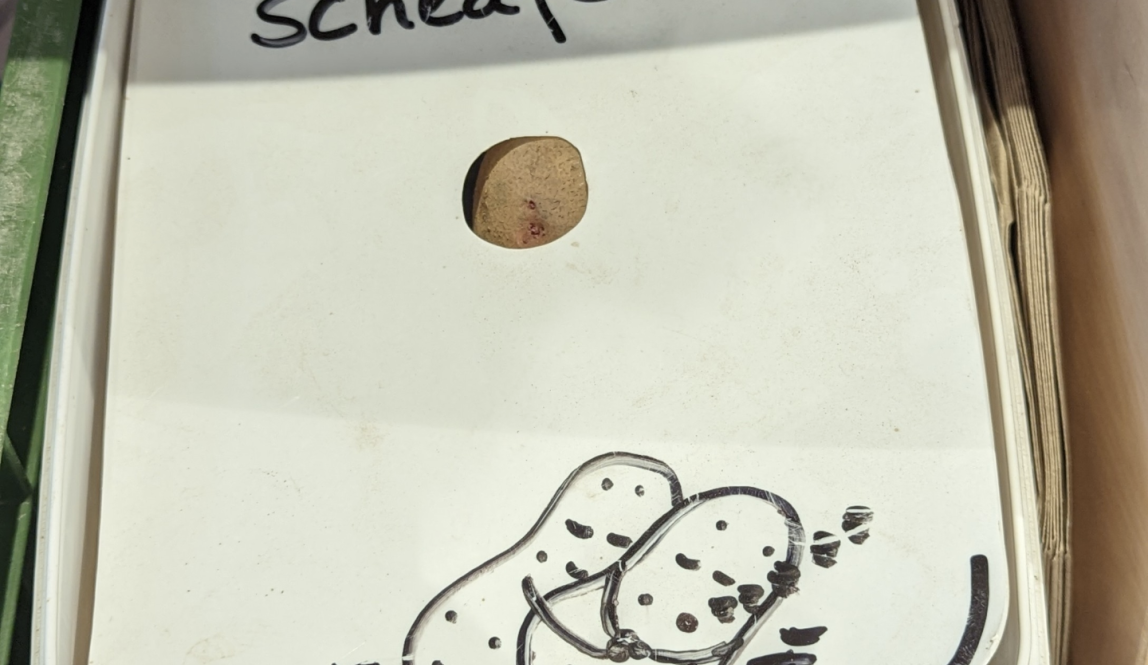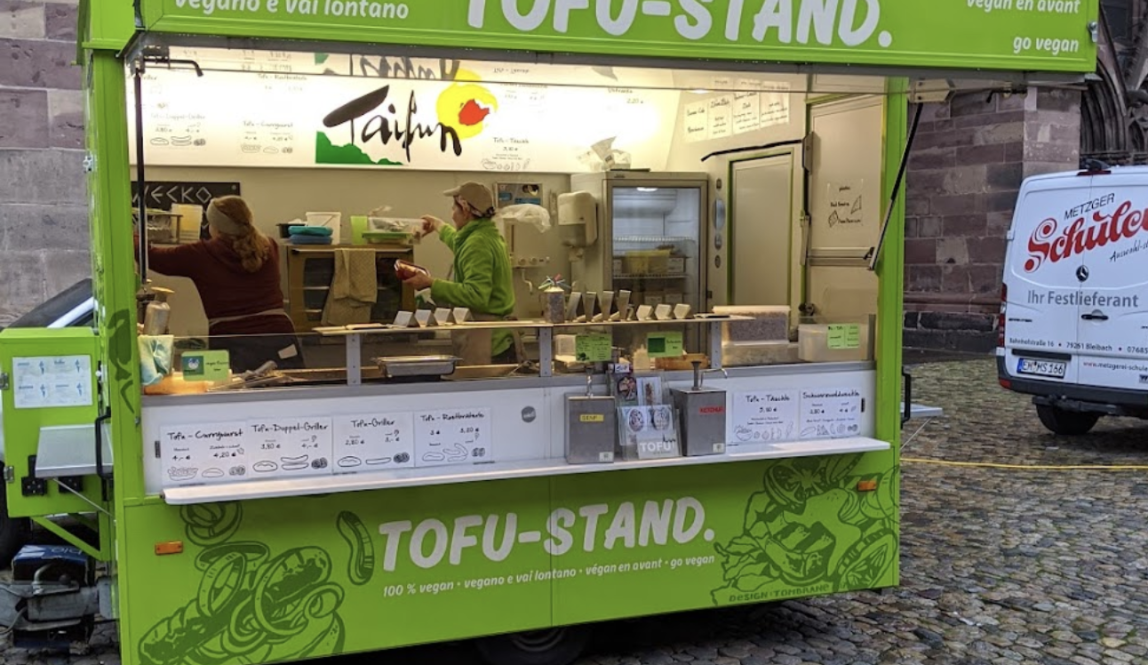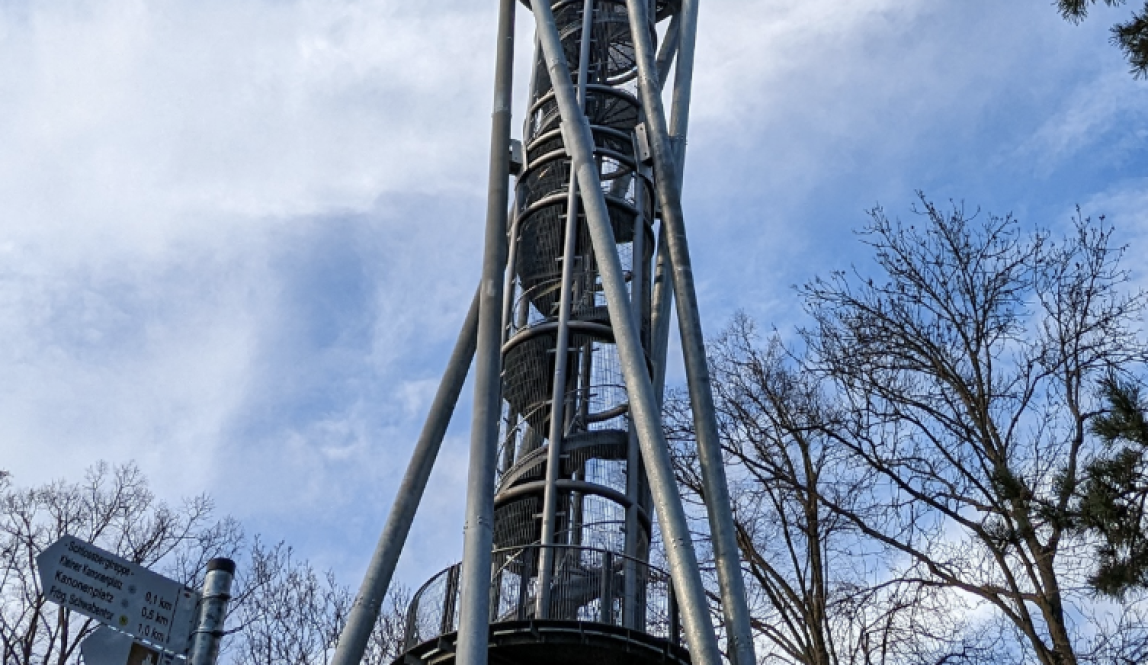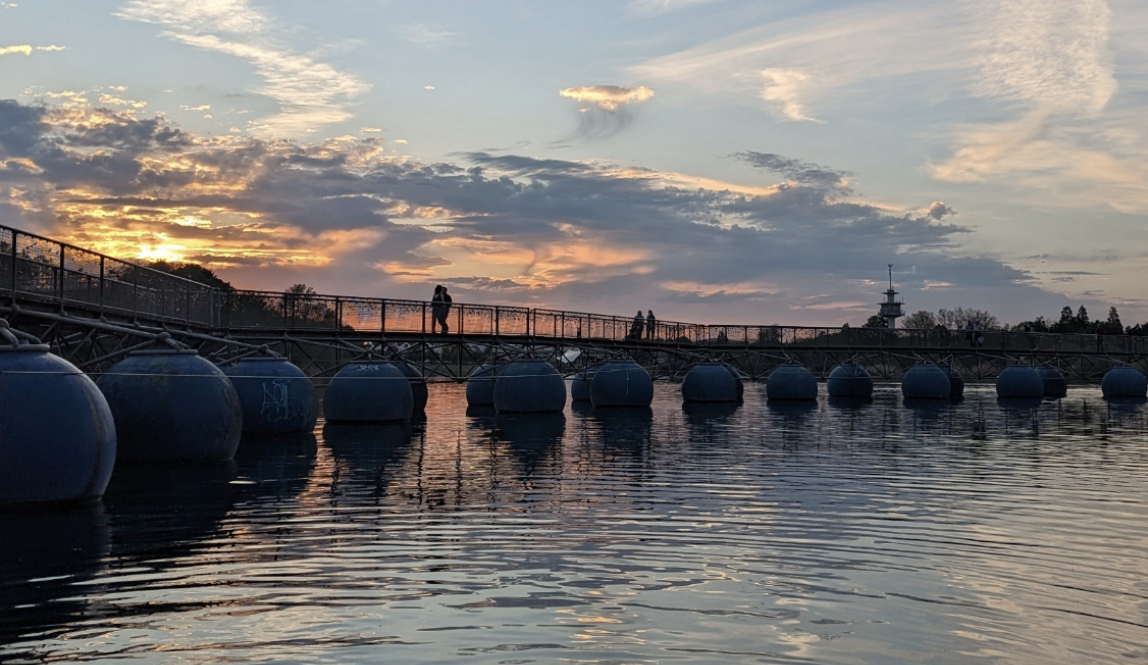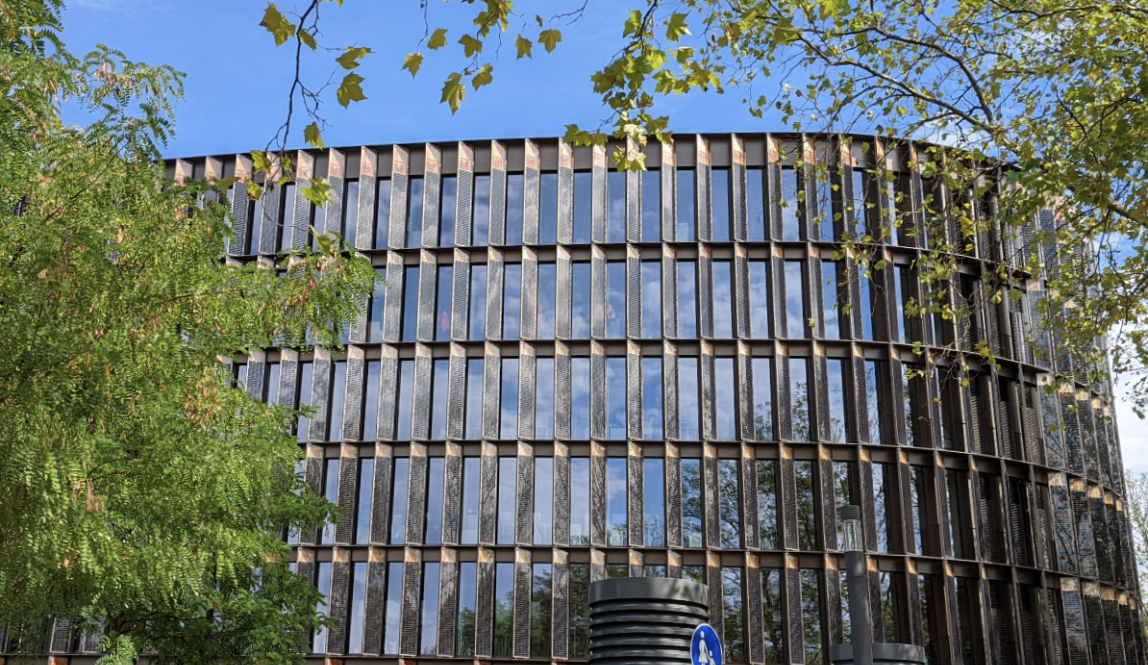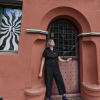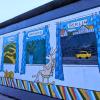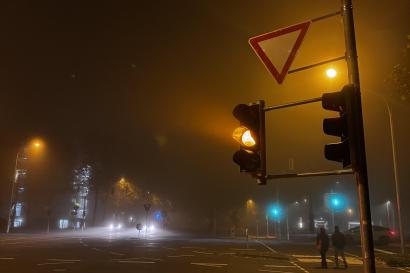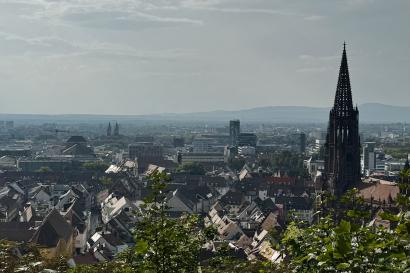Last semester, I was in the Environmental Studies program with IES Abroad Freiburg. This meant that I got to learn a lot about green policies in Freiburg and its history. I think stories like these can feel reassuring, especially during a time where it feels like the climate crisis is getting worse every day and no one is doing anything to stop it. So here’s how Freiburg went from being a car-ridden city, to the walkable, green city you know and love today!
Freiburg is a bustling university city with about 230,000 inhabitants. This southernmost city in Germany is known for being progressive, especially sustainable. Due to its location, it’s the sunniest city in Germany and the perfect place to use solar energy, and even the new townhall is covered in photovoltaic technology, which helps it produce more energy than it consumes every year. Freiburg is also home to the largest solar research institute in Europe, Fraunhofer ISE and also one of the largest research clinics in Europe (Freiburg University’s). The city’s goal is to achieve 100% solar power by 2035.
Bike lanes, green spaces, and public transportation can be found everywhere throughout the city. Freiburg has an extensive and incredibly well-integrated network of trams and buses. Trams first arrived in the city in 1901, and now there are five main tram lines in Freiburg, with stops every 800 meters (leading to 60% of Freiburg citizens being within 300m of a tram stop), and the trams are usually on time, making it extremely convenient. Because of this, Freiburg has the lowest car-density of any other city in Germany! As of 2019, 27% of locals bike, and 18% of inhabitants use public transportation.
Multiple green businesses can be found throughout the city. Cafes usually have vegan options, clothing stores that sell fair trade and GOTS certified clothing are successful, vintage stores are everywhere and often visited by students, and multiple grocery stores sell organic, even Demeter certified products. These businesses are quite sustainable, there’s even a few zero-waste grocery stores such as Glaskiste, where you use reusable packaging. The city’s efforts to reduce waste seem to be working, as nearly 70% of all waste in Freiburg is recycled.
Despite all of these impressive qualities, Freiburg wasn’t always like this. Just up until 2015 the pedestrian street in front of the University Library was a normal road for cars, and Platz der Alte Synagogue was a parking lot. Freiburg didn’t start to become what it is today until the 1970s. The main event that was the catalyst for Freiburg’s sustainable and “green” identity was the attempt to build a nuclear power plant in the nearby town of Wyhl. This event also started the anti-nuclear movement in Germany, which has been extremely successful. Tensions were already growing in the public about nuclear power, especially during the height of the Cold War. When Wyhl was proposed to be the site of a new nuclear power plant. In February of 1925, 30,000 people from France, Switzerland, and Germany (especially Freiburg!) protested at the Wyhl site. These protests lasted for one month, and were successful. Professors from local universities would host events at the site teaching attendees about nuclear power and renewable energy, so every-day people suddenly were about to discuss the complexities of nuclear power. The power plant was never built. All around Freiburg, you can find stickers and flags that call back to this important protest.
With this foundational protest, and the founding of the Green 90 Party, Freiburg, with the help of lots of communities coming together and consistently collaborating and voicing their opinions to the townhall and their leaders, green policies started to appear. More tram lines, car-free zones, more renewable energy, waste reduction. Between 1976 and 1991, public transport grew by some 50% and bicycle traffic by 100%, but car trips only by 1%. In 1999, 50% of all daily trips were walking and cycling, and public transit use is high for a small city. Freiburg has also worked with pricing to get people to reduce car-travel. After a one-third cut in the price of the public transport pass, there was a 23% increase in use the first year, rising later to more than 100%, with public transport use more than doubling. In 1997, Freiburg became one of the first cities to use organic waste containers. Nowadays, there are more policies favoring the inhabitants of Freiburg and sustainability. Just a few months ago, a bill was introduced that would completely get rid of meat in school lunches. Which helps with reducing costs for schools, and emissions from animal agriculture (which makes up 17% of global greenhouse gas emissions).
This is just some of the stuff you can learn about Freiburg and Germany’s push towards sustainability. I hope you found this interesting and this maybe even made you feel better about the state of the world!



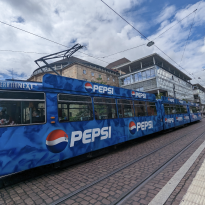
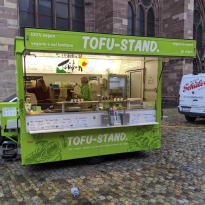
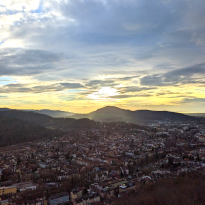

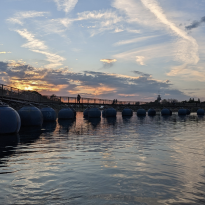
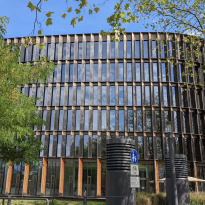

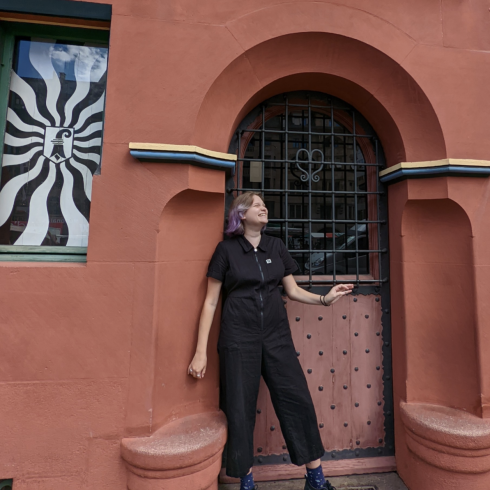
Dulcie Rosales-Foster
Hi there! I'm from Taos, New Mexico and I go to school at Westminster College, Missouri where I major in both Environmental Science and Spanish Translation. I love studying languages, thrifting, playing videogames, and reading in my free time. A fun fact about me is that I speak three languages fluently: English, French, and Spanish. But I'm working on German right now so hopefully it'll be four!
